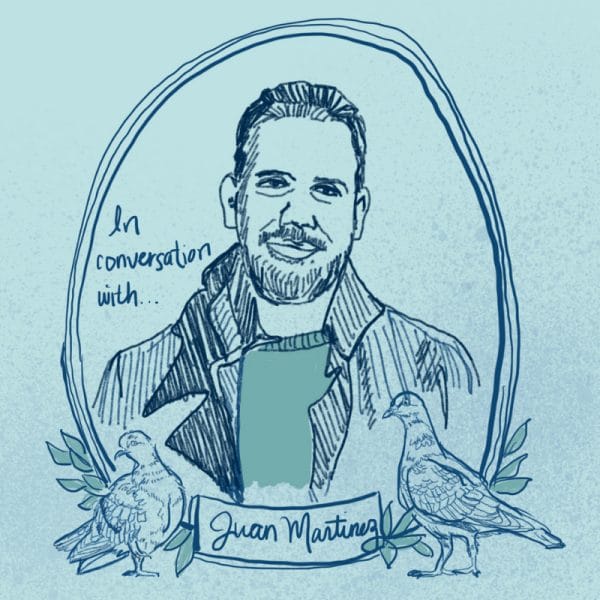It’s no surprise that young adults are on social media – a larger question is whether we can actually support the iGeneration in making healthy behavior changes through this powerful medium.
As a clinical psychologist and researcher in adolescent and young adult mental health, I have found that meeting young people where they are at (not where we want them to be) is a key element of successful interventions. In my lab at UCSF’s Department of Psychiatry and Weill Institute for Neurosciences, we have been tackling the problem of tobacco use among young adults. This is a particularly vulnerable age group because tobacco and vaping companies are marketing their products directly to these so-called “replacement” customers. Industry messaging is coming straight to young people through social media. Our goal was to use this medium for good, and to see whether an intervention, based on tools we knew to work in face-to-face counseling, would work if delivered through social media.
Our first effort was the Tobacco Status Project, a three-month intervention combining daily posts and live counseling sessions within private Facebook groups that were tailored to people’s readiness to quit smoking. A feasibility studygave the intervention to 79 young adults throughout the United States and showed that 21% of them reported they had quit smoking three months after they completed the intervention. In a recently published clinical trial comparing the Tobacco Status Project to a freely-available quit smoking website with 500 young adult smokers, we found that our intervention increased abstinence at the end of treatment, but not out to a full year, and was engaging to participants. Our results were reported in the San Francisco Chronicle and other national and international news outlets and were the first smoking cessation study to be conducted entirely on Facebook. We learned that young adults would be interested and engaged in a social media intervention and that it would result in better short-term outcomes than other digital treatment available. Our work continues as two other Federally-funded trials are addressing how to use social media to reduce smoking and heavy drinking among young adults, and how to best deliver interventions via social media to LGBTQ+ young adults.
In my current role as Director of Research Operations at Hopelab, I am putting my experience with social media intervention to work through our Vivibot project. Vivibot is a chatbot we’ve designed to help teach young survivors positive psychology coping skills and hear stories of other survivors through short videos. We are actively testing whether our intervention works compared to a control condition, and will be able to understand which features of the chatbot are most engaging and result in measurable emotional changes through positive psychology skills.
Mental health is such an important part of physical illness recovery. The power we have at Hopelab to design engaging digital interventions that are grounded in scientific evidence on lasting behavior change, and to evaluate rigorously whether they work, is why I come to work everyday. Well, that, and seeing how our tools make a difference in the lives of young people. As a psychologist and mom of three children, there is no more meaningful work than measurably enhancing the emotional well-being of young people.




